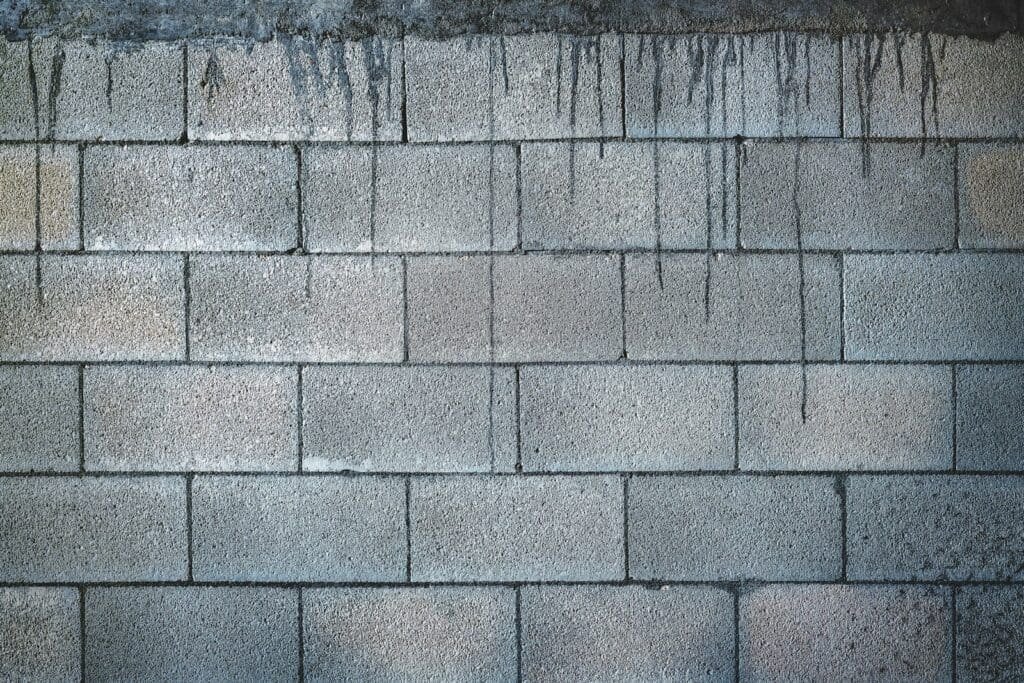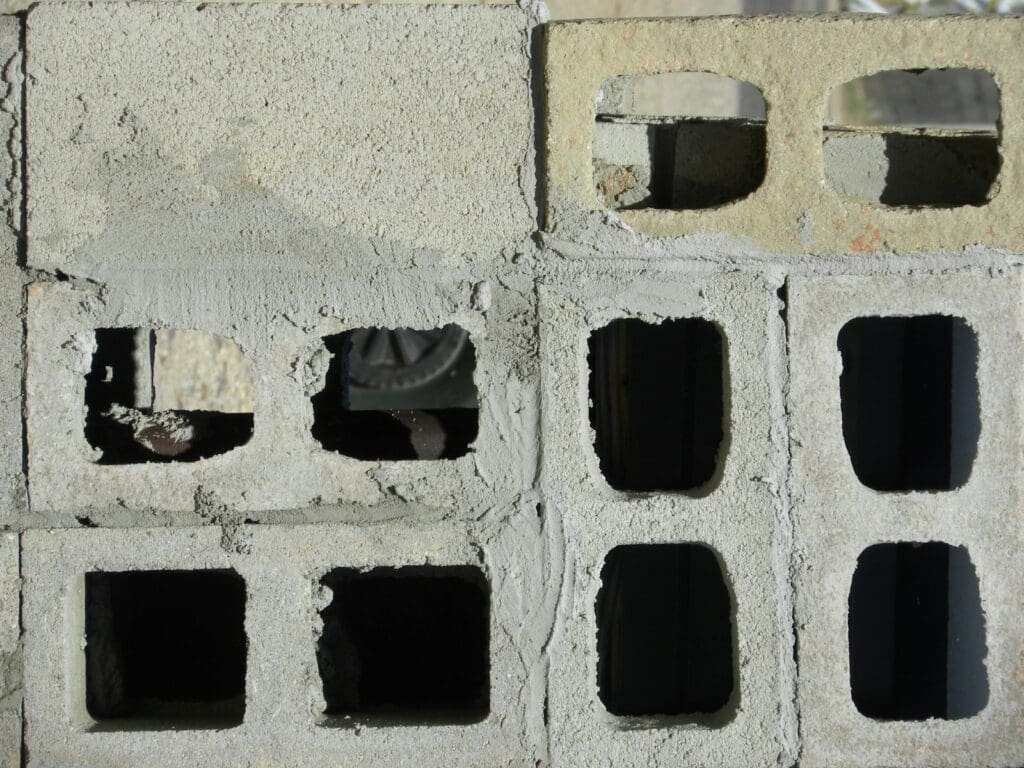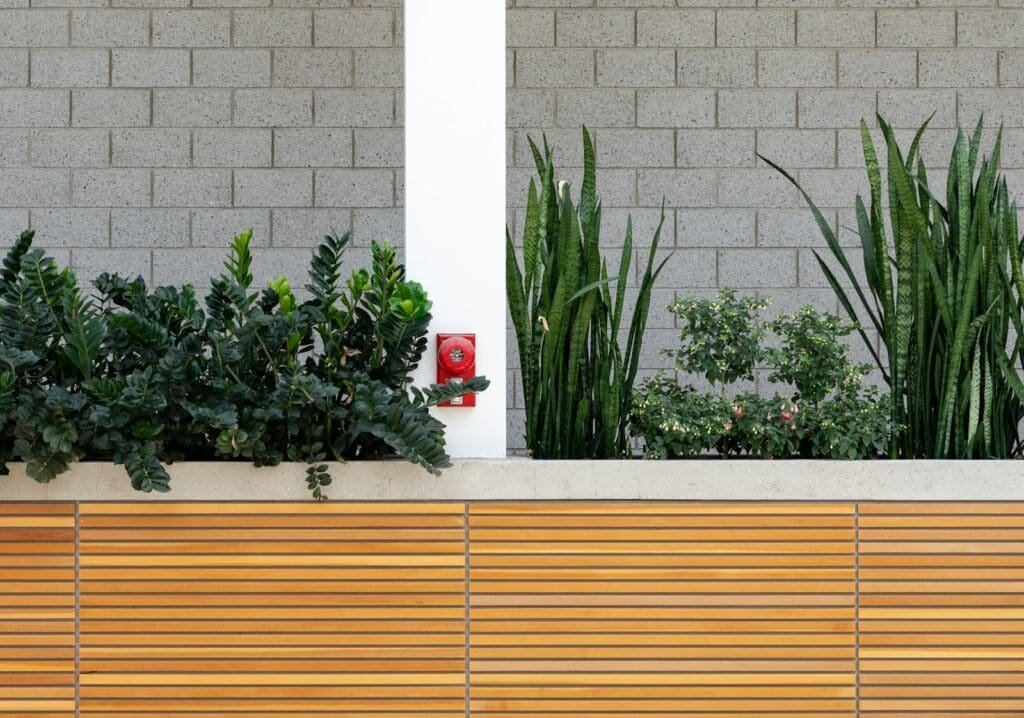Introduction to Concrete Masonry Units (CMU)
Have you ever heard of Concrete Masonry Units (CMUs) and wondered exactly what they are and what makes them unique? Well, you’re not alone. In this article, we will explain everything about CMUs.
We’ll begin by defining what a CMU is and then explore their common sizes and dimensions. There’s also a great variety of CMUs available, and we’ll discuss the different types and what they can be used for. As we proceed, we’ll also address the various benefits of using CMUs and the installation techniques employed.
We’ll leave no stone unturned as we explain further how CMUs are manufactured and tested for quality. We’ll touch on sustainability aspects and specialized variants of CMUs such as colored and aerated CMUs. Lastly, we’ll clear the common confusion – are CMUs concrete or masonry?
By the end of this article, you’ll be well-versed with all things CMU. So, let’s get started!
Table of Contents
Explaining Concrete Masonry Units

Definition of Concrete Masonry Unit (CMU)
A Concrete Masonry Unit (CMU) is a standard size rectangular block used in building construction. CMUs are made from cast concrete, which can be aggregate, cement, and water mixtures. The blocks may also have hollow cores to reduce weight and improve insulation.
Common Sizes and Dimensions
The most common size of CMU is the nominal 8″ x 8″ x 16″ block. However, they come in various sizes and shapes to meet different construction needs.
| Nominal Size (inches) | Actual Size (inches) |
|---|---|
| 8 x 8 x 16 | 7.625 x 7.625 x 15.625 |
| 4 x 8 x 16 | 3.625 x 7.625 x 15.625 |
| 6 x 8 x 16 | 5.625 x 7.625 x 15.625 |
Types of CMUs
- Standard Block: The most common CMU, used for building walls and structures.
- Split-Face Block: A block with a rough texture on one side, often used for decorative purposes.
- Hollow Block: Has hollow centers to reduce the weight and can also be used for reinforcing with steel bars.
- Solid Block: No holes, heavier, and used for special structural requirements.
Applications of CMUs
- Load-Bearing Walls: Provide the primary structural support for buildings.
- Non-Load-Bearing Walls: Used in interior partitions and external veneers.
- Retaining Walls: Used to contain soil and water in landscaping and civil engineering projects.
- Fire-Rated Walls: Provide essential fire resistance in buildings.
Benefits of Using CMUs
- Durability: CMUs are long-lasting and resistant to fire, insects, and weather.
- Versatility: Available in multiple shapes and sizes for different construction needs.
- Thermal Mass: Helps to regulate building temperature by storing and releasing heat.
- Cost-Effective: Generally affordable and reduce overall building costs.
Installation and Techniques
- Laying CMUs: Usually involves mortar to bind the blocks together, with steel reinforcement for added strength.
- Concrete Grout: Often used to fill the hollow cores, especially for load-bearing walls.
- Waterproofing: Exterior CMUs should be treated with waterproofing agents to prevent moisture penetration.
For more in-depth information on concrete masonry units, visit the Portland Cement Association.
Further Exploration into Concrete Masonry Units (CMU)

The Manufacturing Process of CMUs
CMUs are produced by mixing the raw materials (like aggregate, cement, and water) in a concrete mixer. The mixture is then put into molds and compacted using high pressure. Once compacted, the blocks are cured in a controlled environment to harden and gain strength. This generally takes 24 hours, after which the CMUs are removed from the molds and left to cure for additional weeks to reach their full strength.
Testing CMU Quality
It’s essential for CMUs to undergo quality testing to ensure they comply with industry standards. This testing can include dimensional checks, compressive strength tests, and water absorption tests. In addition, the CMUs might be visually inspected for defects like chips or cracks, ensuring high-quality construction materials.
Sustainability Aspects of CMUs
CMUs offer several sustainability benefits. Being made from plentiful and locally available materials reduces the need to import products, lowering the environmental footprint of construction. In addition, the durability and longevity of CMUs mean they don’t need frequent replacement, contributing to resource conservation. Also, the thermal mass of CMUs improves energy efficiency by moderating indoor temperature fluctuations, thus reducing heating and cooling demand.
Specialized CMUs
- Colored CMUs: Colored CMUs are typically pigmented during mixing, giving the entire block a uniform color. They add aesthetic value to the construction, yet maintain the durability and functionality of traditional CMUs.
- Aerated CMUs: These have a portion of the aggregate replaced with a foam agent, creating many small air pockets within the block. This results in lighter blocks with good insulation properties.
- Sound-Absorbing CMUs: Special techniques, like incorporating irregular surfaces or cavities, are used to enhance the sound-absorbing properties of these CMUs. This makes them ideal for applications like music studios or lecture halls where superior acoustics are needed.
Design Considerations with CMUs
When designing a building with CMUs, several aspects need consideration, such as structural loads, fire resistance, thermal performance, and acoustic requirements. To optimize the performance of the CMUs, it’s necessary to have a detailed understanding of the project’s needs and to select the appropriate type of CMU.
For instance, aerated CMUs would be a good choice for a project that requires good insulation, while sound-absorbing CMUs would be better for a building that requires superior acoustics.
Is CMU Concrete or Masonry?

CMU Classification
Concrete Masonry Units (CMUs) represent a combination of both concrete and masonry elements. As their full name implies, they are a type of masonry unit but made from concrete. Traditional masonry includes materials like bricks and stones, while CMUs are specifically made from concrete mixtures. Therefore, CMUs fall under the category of masonry but are distinguished by their concrete composition.
Comparing CMUs with Other Masonry Materials
| Material | Composition | Common Uses |
|---|---|---|
| Concrete Masonry Units (CMU) | Concrete (aggregate, cement, water) | Load-bearing walls, fire-rated walls, retaining walls |
| Bricks | Clay or shale | Building facades, ornamental structures, pavements |
| Natural Stone | Quarried stone like granite, limestone, sandstone | Landscaping, building foundations, decorative elements |
Masonry Techniques
- Traditional Masonry: Generally involves stacking individual units like bricks or stones with mortar. Utilizes materials such as clay bricks or natural stones, bonded together to create walls and structures.
- Concrete Masonry: Uses pre-cast units like CMUs which are laid and bound with mortar, similarly to traditional masonry. However, the manufacturing process and material composition differentiate concrete masonry from traditional methods.
Structural Aspects
One significant difference between CMUs and other masonry materials is their structural capacity. CMUs are often used in load-bearing applications due to their substantial compressive strength, while materials like bricks are more commonly found in veneers or non-load-bearing walls.
Utilizing steel reinforcements within the hollow cores of CMUs can further enhance their load-bearing capacity, making them highly versatile for various construction projects.
Concrete Properties in CMUs
The concrete used in CMUs provides several distinct advantages:
- Strength and Durability: The compressive strength of concrete makes CMUs robust and long-lasting.
- Fire Resistance: Concrete’s inherent fire-resistant properties contribute to the safety of CMU structures.
- Thermal Mass: Concrete’s thermal mass helps in energy conservation by stabilizing indoor temperatures.
In Conclusion
In this comprehensive exploration of Concrete Masonry Units (CMUs), it’s clear that CMUs play a pivotal role in construction due to their durability, versatility, and thermal efficiency. Being accessible in a variety of shapes and sizes, their usage spans from building robust load-bearing walls to creating eye-catching aesthetics in homes and businesses.
Simultaneously, they also meet sustainability goals by reducing the environmental footprint of construction and promoting energy efficiency.
Frequently Asked Questions – FAQs
What exactly is a concrete masonry unit (CMU)?
A Concrete Masonry Unit (CMU) is a standard-sized rectangular block used in construction. They’re made from a blend of aggregate, cement, and water, often containing hollow cores to decrease weight and improve insulation.
What makes CMUs different from other masonry materials?
CMUs are unique as they blend the strength and durability of concrete with the versatility of traditional masonry. Also, they boast superior load-bearing abilities, thermal mass for energy conservation, and inherent fire resistance.
How Sustainable are CMUs?
CMUs bring several sustainability benefits to construction. Since they’re sourced locally and don’t need to be frequently replaced due to their long-lasting nature, they significantly reduce the environmental footprint of construction. Not to forget, their thermal mass helps improve a building’s energy efficiency.
What are the key considerations when designing a building with CMUs?
Aspects like structural loads, fire resistance, thermal performance, and acoustic requirements must be taken into account for optimal CMU performance. Depending on the project’s needs, choosing the appropriate type of CMU, be it aerated for good insulation or sound-absorbing for superior acoustics, is essential.
Where to learn more about CMUs?
For in-depth information on CMUs, visiting resources like the Portland Cement Association or the National Institute of Health is recommended.






